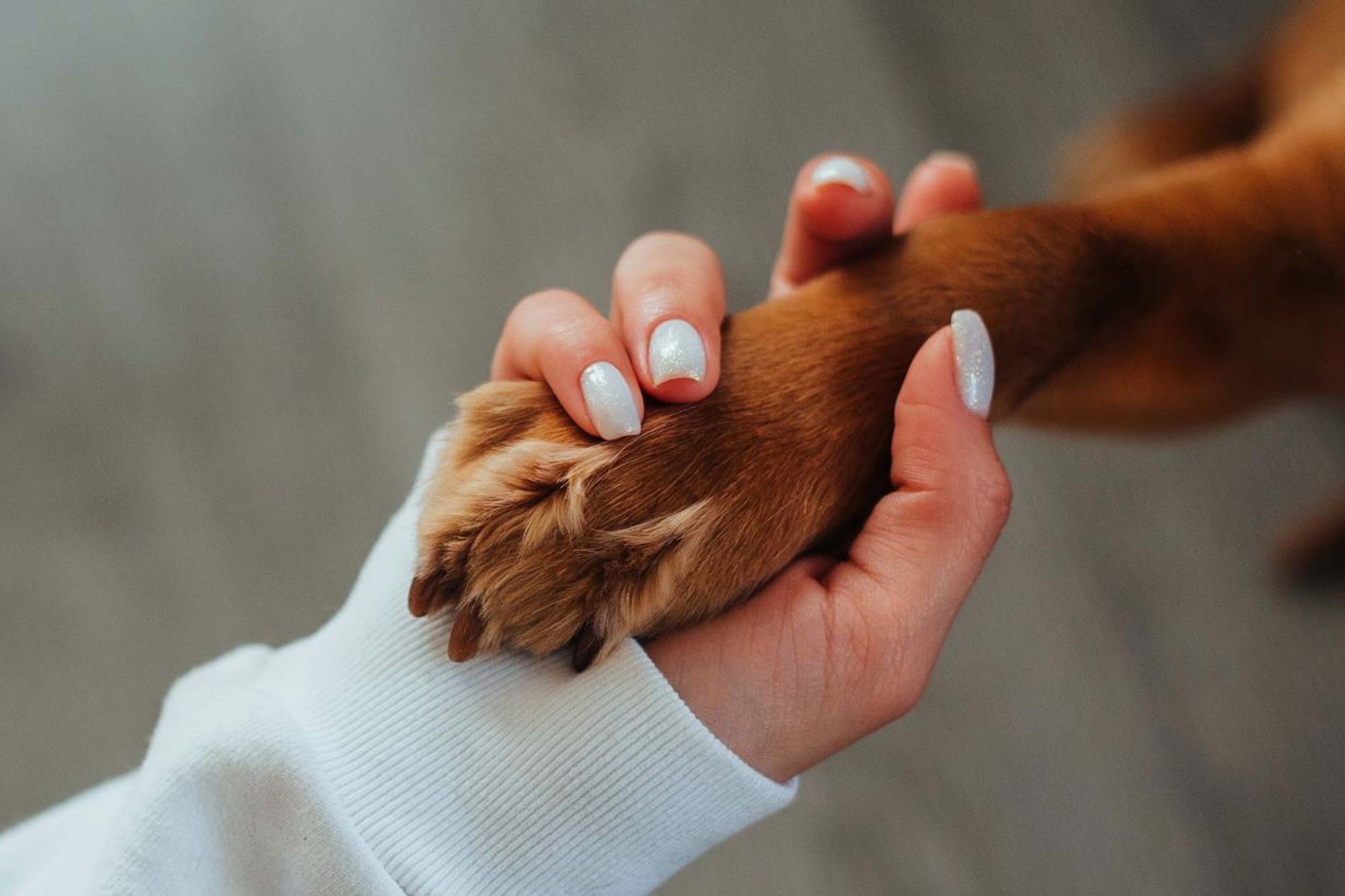Flea bites can cause irritation in your pooch and leave them vulnerable to disease and other health problems.
Here, we discuss the ways that dogs can pick up these nasty pests and the best products to protect pets and your family.
What are fleas?
Fleas are small insects, or parasites, that live by feeding off of the blood of their hosts. They are very small, around 2-8mm, brown, and although wingless, can jump long distances.
The site of their bites can become itchy and swollen and secondary infections caused by scratching are very common. Fleas can infect humans and animals, causing diseases to spread. Fleas are also known to cause tapeworms in dogs because they transmit their larvae.
Fleas can also carry dangerous bacteria which can cause other serious health issues. A flea infestation may also cause anaemia, which is particularly dangerous for small breeds. It’s also quite common for dogs to develop allergies to flea saliva, leading to contact dermatitis and secondary infections.
How do fleas spread?
Adult fleas lay eggs in an animal’s fur. These will hatch from 1 to 10 days of being laid. Flea eggs are off-white and about the size of a grain of salt, making them extremely difficult to spot.
The eggs fall from your pet onto surfaces such as carpet, pet bedding and soil. The eggs then hatch into larvae. This phase lasts from 5 to 11 days before they transform into pupae where they remain inside a cocoon for anywhere from a few days to up to a year, depending on the weather.
Adult fleas can go many months without feeding. However, once they do, females are prompted to lay their eggs. Female fleas can lay more than 2000 eggs in their lifetime.
How do dogs get fleas?
Fleas can jump as far as 50cm away and up to 20cm high in the air. This is how they easily spread from one pet to another. For example, on a walk or at the dog park. In your backyard, they prefer warm, humid areas with tall grass. So, as well as being spread from one host to another, dogs can pick up fleas from their environment.
Signs that your dog has fleas
As well as frequent scratching, there are other signs and symptoms that could indicate your dog has fleas, such as:
- Excessive biting, chewing or licking of their skin
- Flea dirt – minuscule dark specks of flea faeces
- Hair loss or dry skin from scratching
- Red bumps on their skin, particularly around the stomach and groin
How to check your dog for fleas
- Part the dog’s fur to look for adult fleas or flea faeces (very small dark specks, sometimes called flea ‘dirt’). The base of the tail and neck are common places to find an adult flea.
- If you find flea dirt, place some on a lightly moistened tissue. If it turns red, it’s a sign of blood in the faeces and the presence of fleas on your dog.
- You may need to use a flea comb to help you part your dog’s hair or to brush through it, depending on its length and thickness.
How to treat fleas in dogs
There are a number of ways to get rid of fleas, including a large range of over-the-counter treatments. Otherwise, your vet can probably recommend the best product for your situation.
- Give your dog a bath with flea shampoo. You can also buy powders to shake and brush through their fur.
- Alternatively, treat your dog with oral medication or spot-on treatment.
- You can also try using a flea comb with household soap to remove adult fleas and eggs. Start with dry hair and a half-filled bucket of soapy water. Begin at your pet’s head and work your way along its back to its tail. Brush the comb in the direction of the fur growth. When you notice the comb is full of debris, rinse it into the bucket to wash it out. Move onto your pet’s chest and stomach before finishing with its tail and legs. Be sure to tip the bucket down the drain when you’ve finished.
- If your dog is suffering from a major infestation that you think may have caused other health issues, see your vet as soon as possible.
- Treat your dog for tapeworm since fleas can transmit them through their bite.
- Treat your yard and other frequently used outside areas such as kennels with flea-killing insecticides. Wear appropriate personal protection and follow the label closely.
- Use a preventative measure such as a combined wormer and flea treatment to avoid infestations in the future. You can also choose a medication that works on ticks, too, for extra protection for your pet over the summer months.



